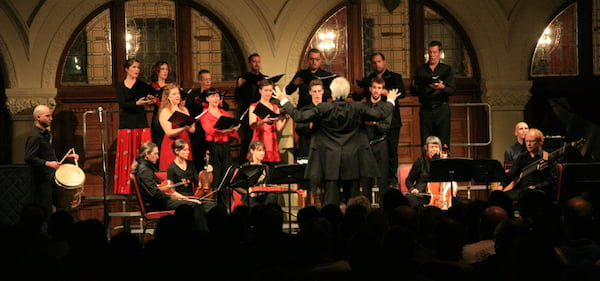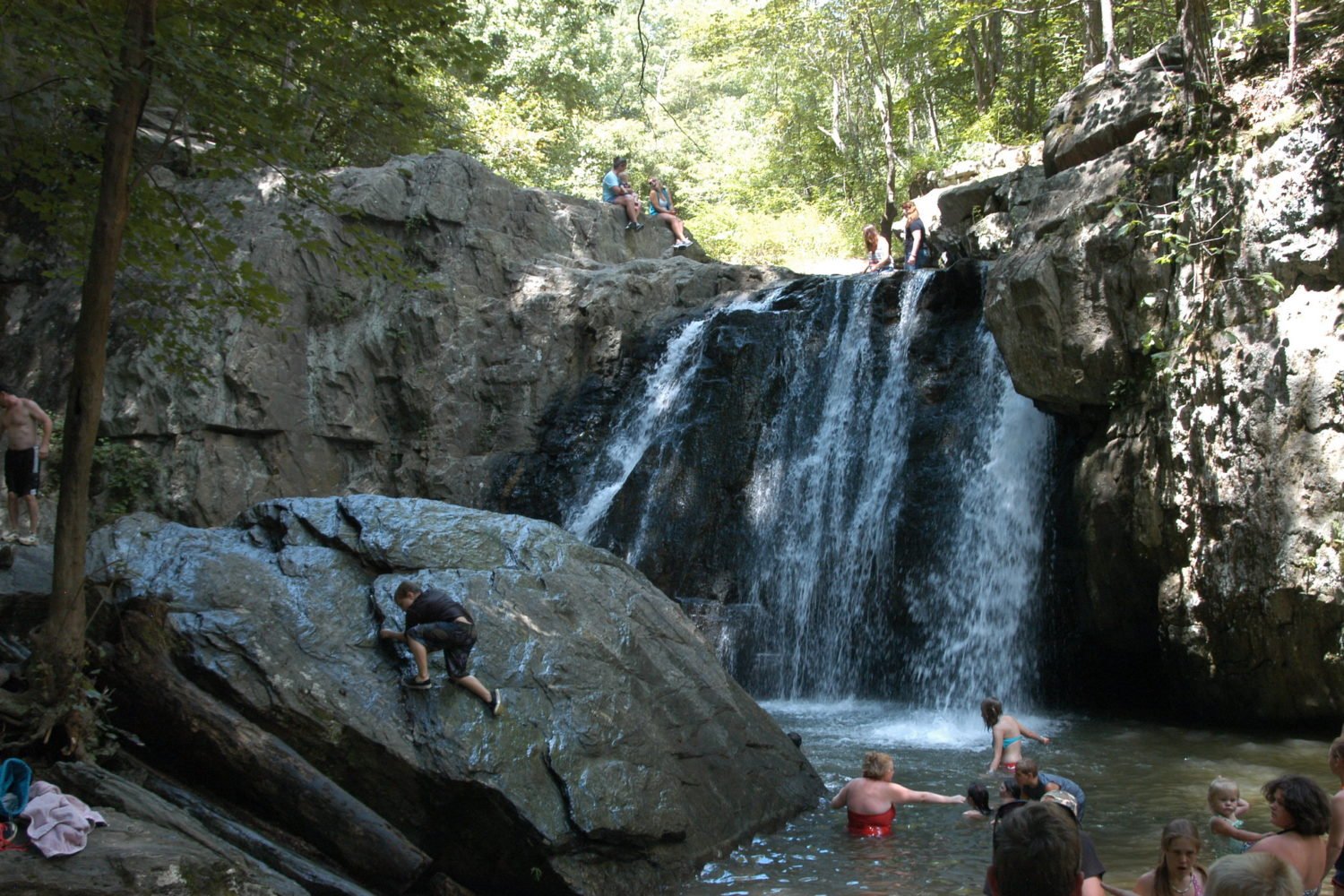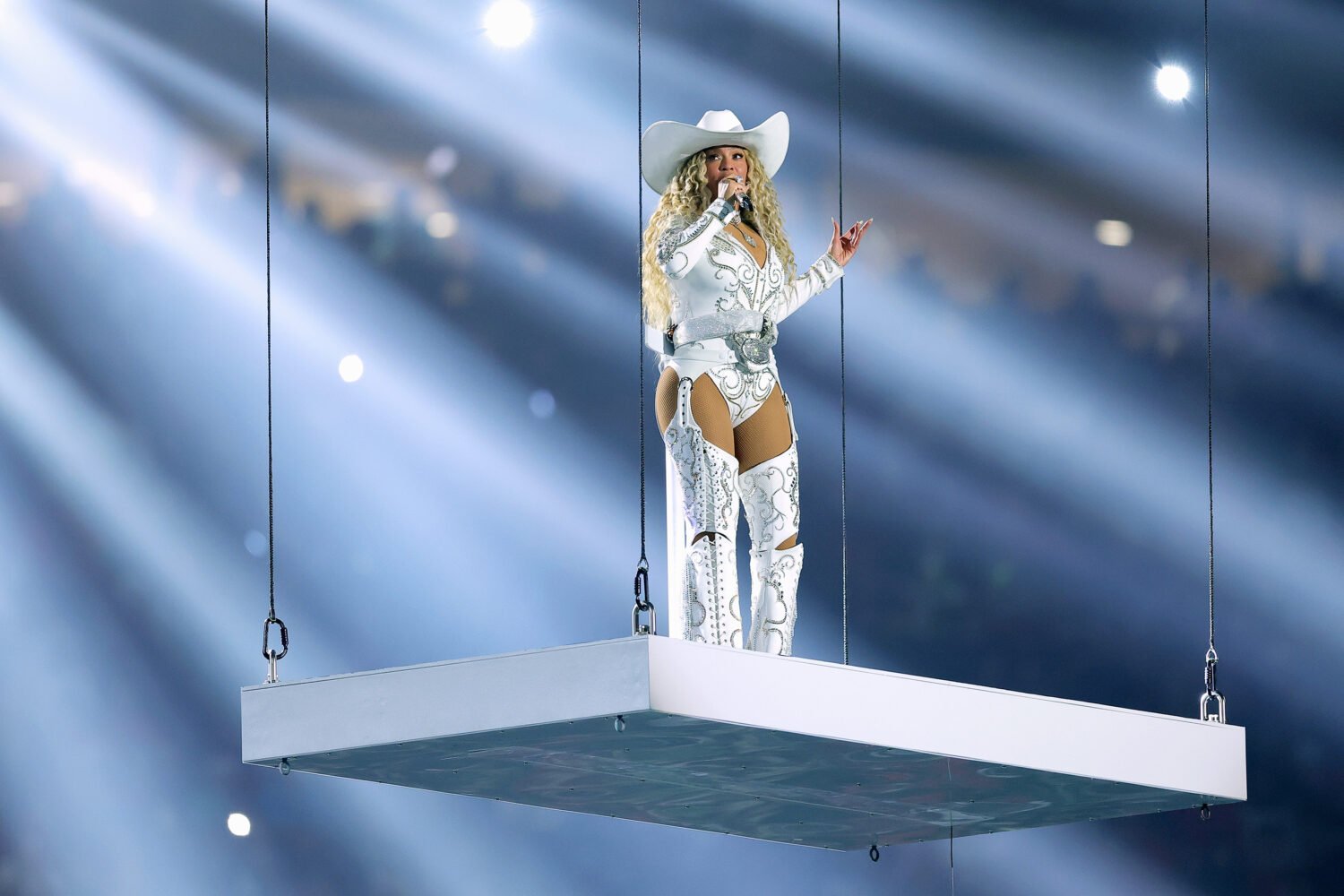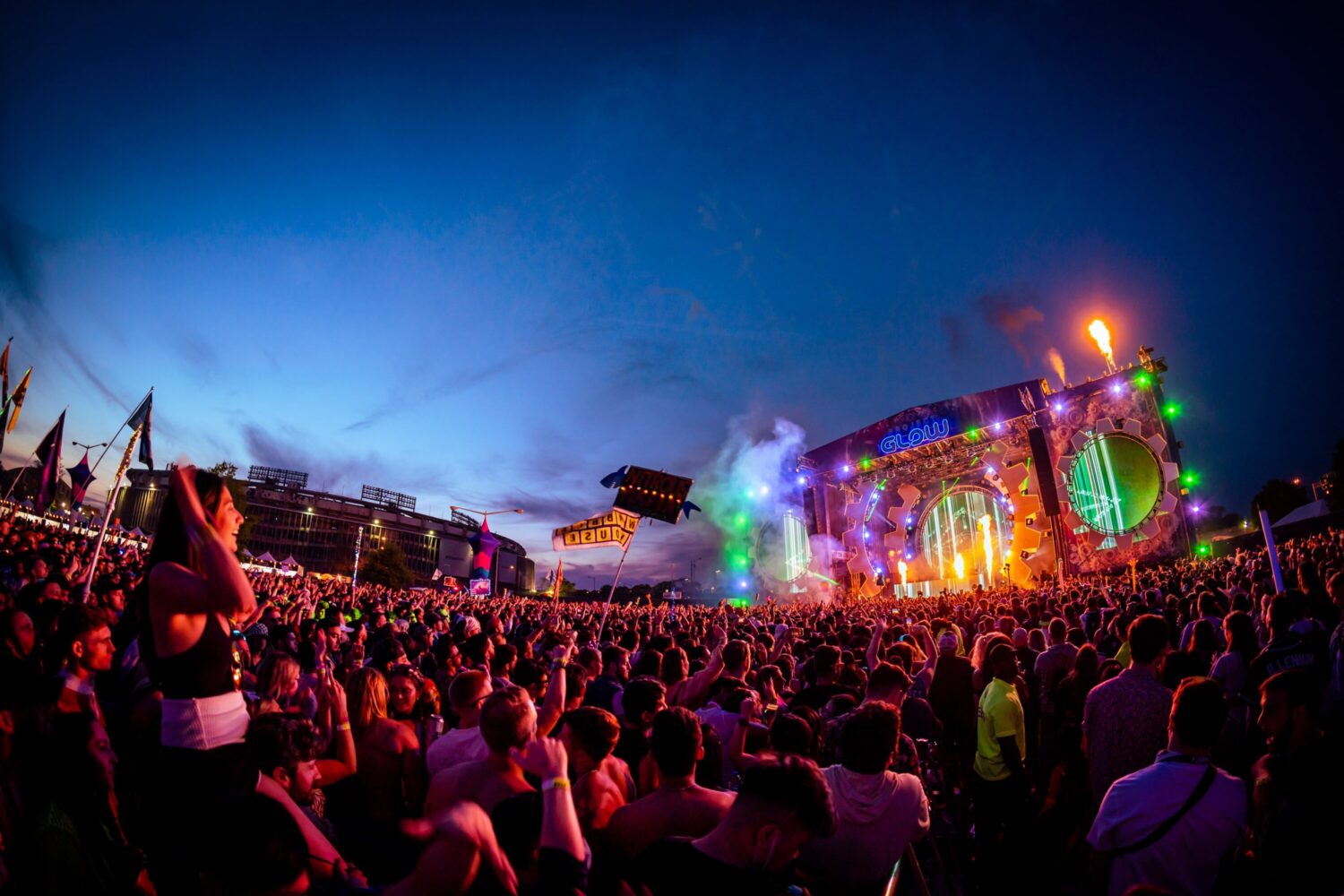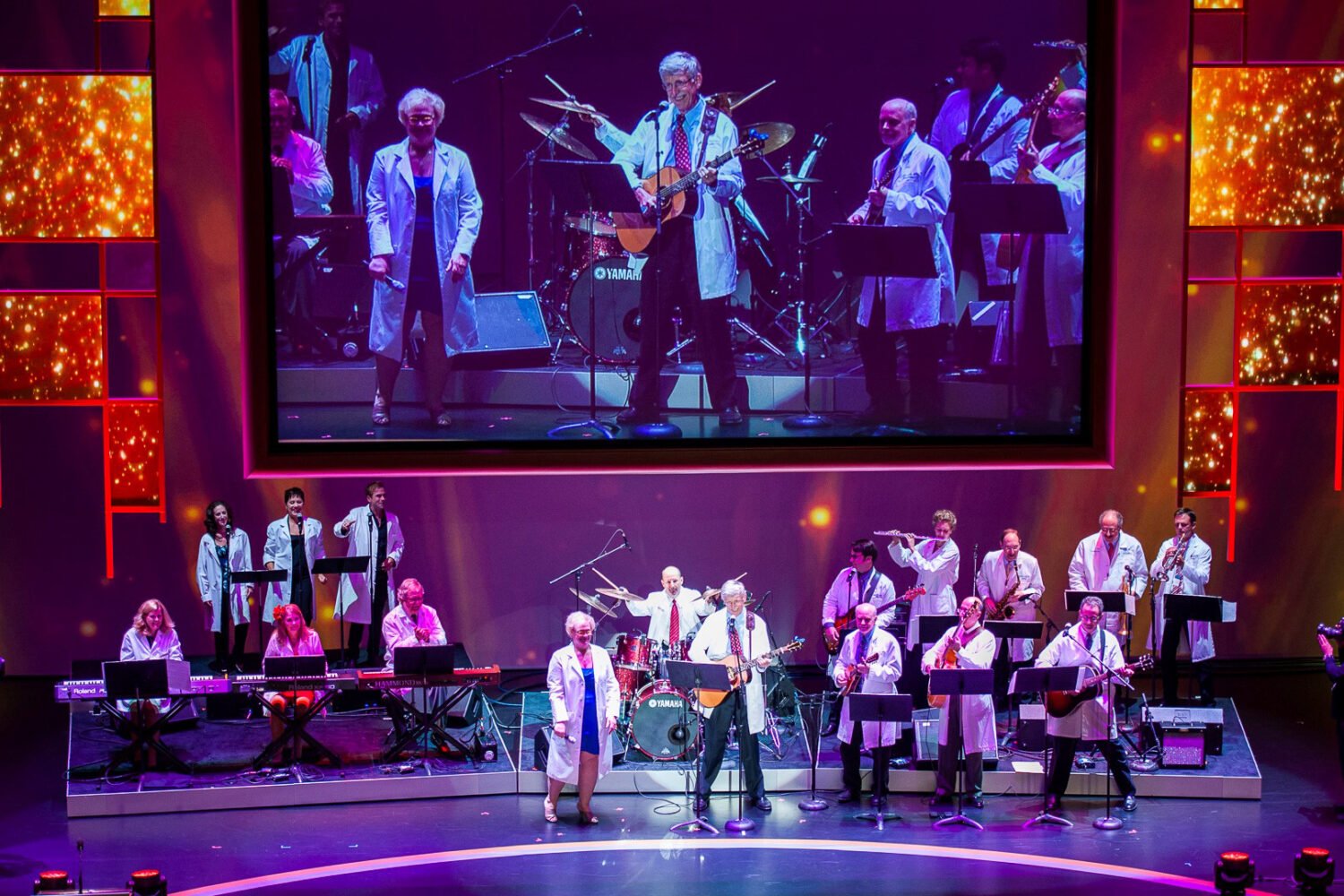The Montreal-based Ensemble Caprice performed at Dumbarton Oaks Monday night. Photograph courtesy of Ensemble Caprice
In their home in Georgetown, Mildred and Robert Woods Bliss had a room dedicated to music performances. Now that their house—better known as Dumbarton Oaks—is a museum, it hosts a series of concerts in that room to continue the tradition. It’s one of the most intimate and beautifully appointed venues for chamber music in the city, a place where one can listen to historical music while surrounded by Renaissance tapestries, paintings by Jacques Daret and El Greco, a medieval altarpiece panel by Bernardo Daddi, and a wood Madonna by Tilman Riemenschneider.
The Friends of Music series opened its concert season this past weekend with a performance by the Montreal-based Ensemble Caprice, heard on Monday night. The program was selected to prove a minor point sometimes made by historians about the palette of musical sounds that influenced the compositional style of Antonio Vivaldi. Although based for much of his life in Venice, Vivaldi traveled widely in Europe, including trips to Prague and Vienna to oversee performances of his operas. In addition, his base of operations in Venice, the Ospedale della Pietà, was on the Riva degli Schiavi, the canal where visitors coming from Eastern Europe arrived in Venice. Both of these facts suggest that he was exposed to the playing of itinerant Romani (Gypsy) musicians; that as a talented violinist he may even have played with them; and that he imitated some of their folk idioms in his own compositions. Ensemble Caprice, a small group of musicians playing on historical instruments, tried to demonstrate that connection with selections from Vivaldi’s instrumental works, mostly concertos, alternated with arrangements of folk tunes from the extraordinary 18th-century collection of Romani music Uhrovská zbierka, a book found in a town in modern-day Slovakia.
That the experience was anything more than an intellectual exercise is due to the electrifying performances of the group’s best musicians. Lead violinist Julie Triquet gave virtuosic flourish to many of the Romani melodies, in which the technical demands at breakneck speeds were no less formidable than Vivaldi’s, requiring pitches to bend and slide, and the tone to growl and complain. The group showed admirable unity as the tempo was likewise distorted, slowing down and speeding up, the changes guided especially by the expert beat of percussionist Ziya Tabassian. The source includes notation only for the highest melody, and the group has taken considerable freedom in harmonizing and otherwise adapting the tunes, but it was done in a way that was plausible and viscerally exciting to hear.
Recorder virtuoso Matthias Maute has played in Washington with other ensembles in the past, including Rebel in 2005 and Modern Music in 2006. His skill on the instrument was displayed to jaw-dropping effect in the final Vivaldi concerto on the program, the G major concerto for flautino (RV 443), which he also played at the 2005 concert mentioned above. Oddly the group did not include a harpsichordist, meaning that all the harmonies of the basso continuo part were realized by David Jacques on baroque guitar. This caused a minor problem when Jacques himself had a solo part, in the D major guitar concerto (RV 93), and had only cellist Susie Napper accompanying him, somewhat less than surely in terms of pitch precision. Otherwise, the envelope of sound was just about perfect for Maute’s airy recorder and traverso flute, as well as for the delicate guitar; one didn’t miss the clatter of the harpsichord.
The hypothetical connection between Romani music and the Vivaldi concerto was not made any more or less believable because of this performance. If anything, one would expect other forms—like the follia, the ciaccona, and the passacaglia, themselves derived from folk dances—to be a more logical showcase than the concerto for such an influence, which did indeed seem the case with the inclusion of the G minor sonata (RV 63), a set of variations on the popular dance known as La Follia. Gorgeous Romani dances were performed just before it, and the musicians took the shortest of pauses before launching into the piece, giving a similar rhythmic freedom to the slow sections and observing a folk-style accelerando to return to the fast tempo. Maute also added some Gypsy-style blue notes and bends. Happily, a concert does not have to prove a historical point; it must only entertain, a task this performance achieved quite well.
The next concerts at Dumbarton Oaks will feature cellist Amit Peled and pianist Noreen Cassidy-Polera playing music by Robert Schumann, Frédéric Chopin, François Couperin, and Mark Kopytman (November 6 and 7).

